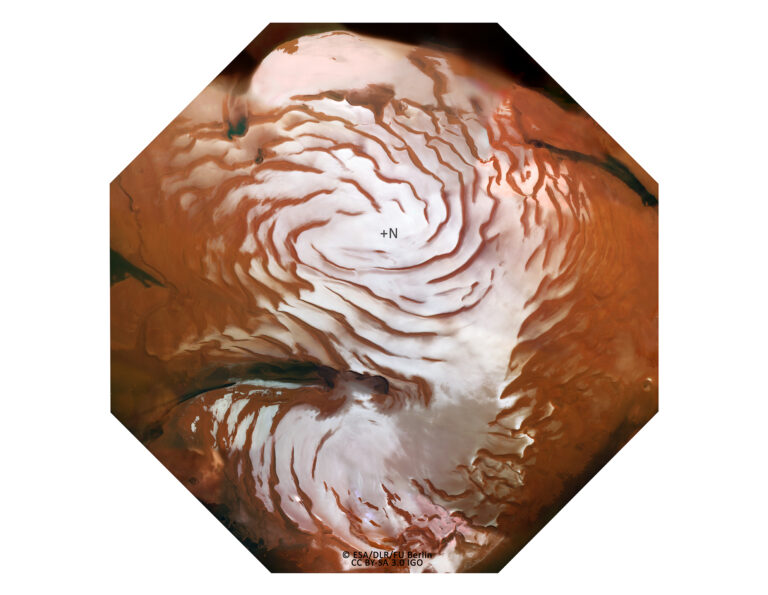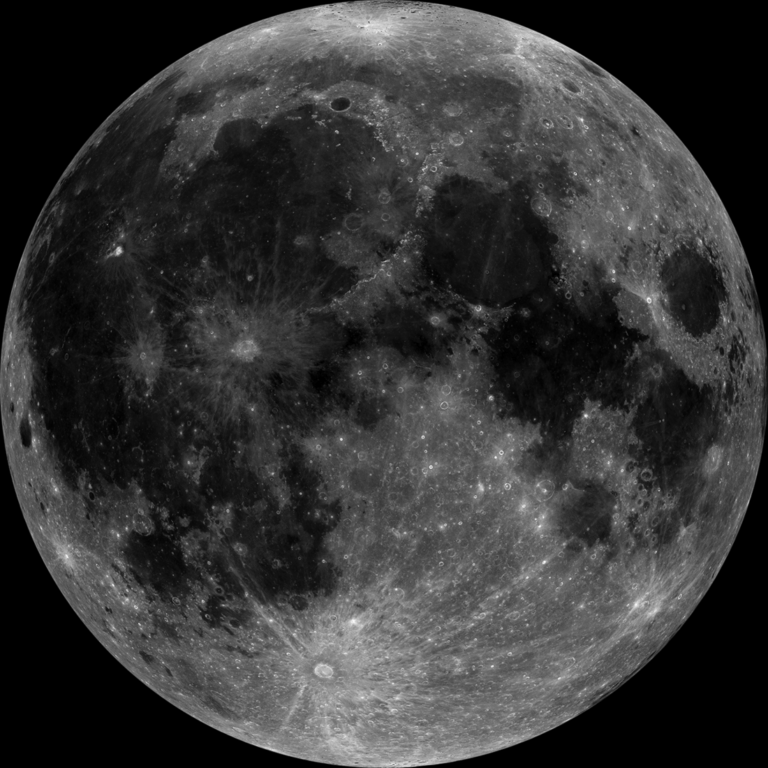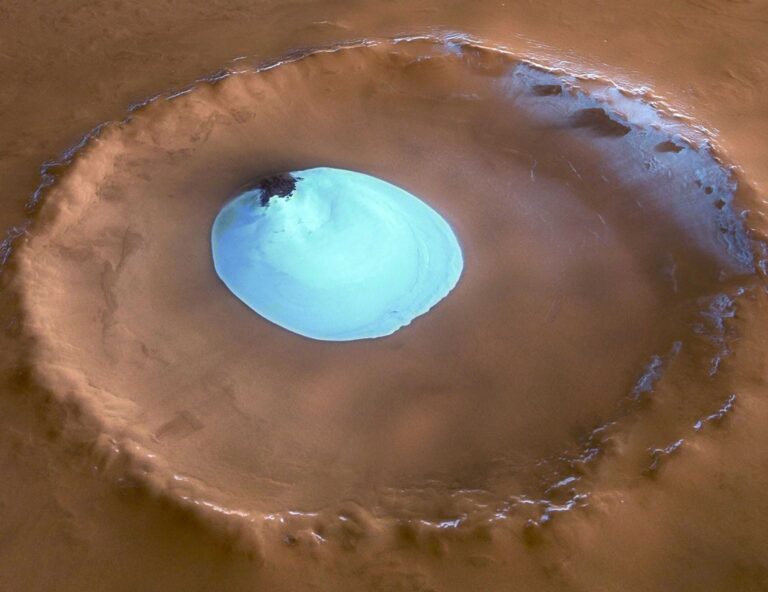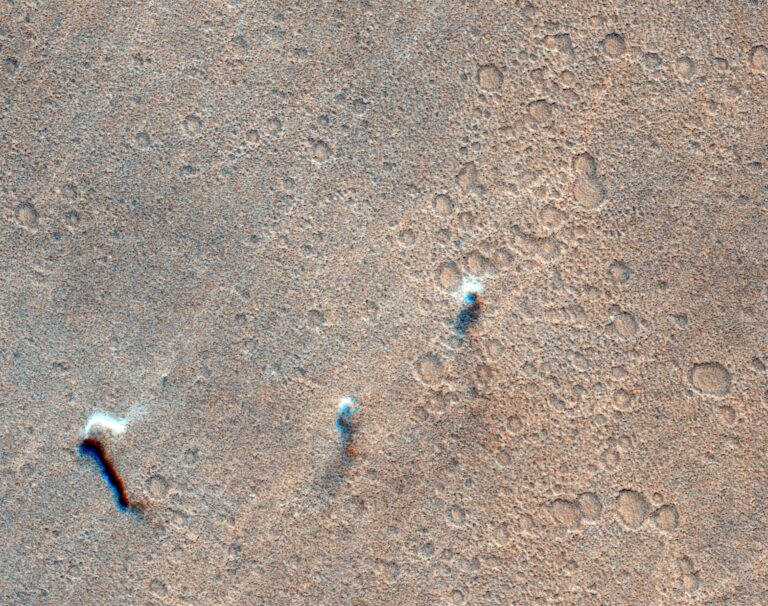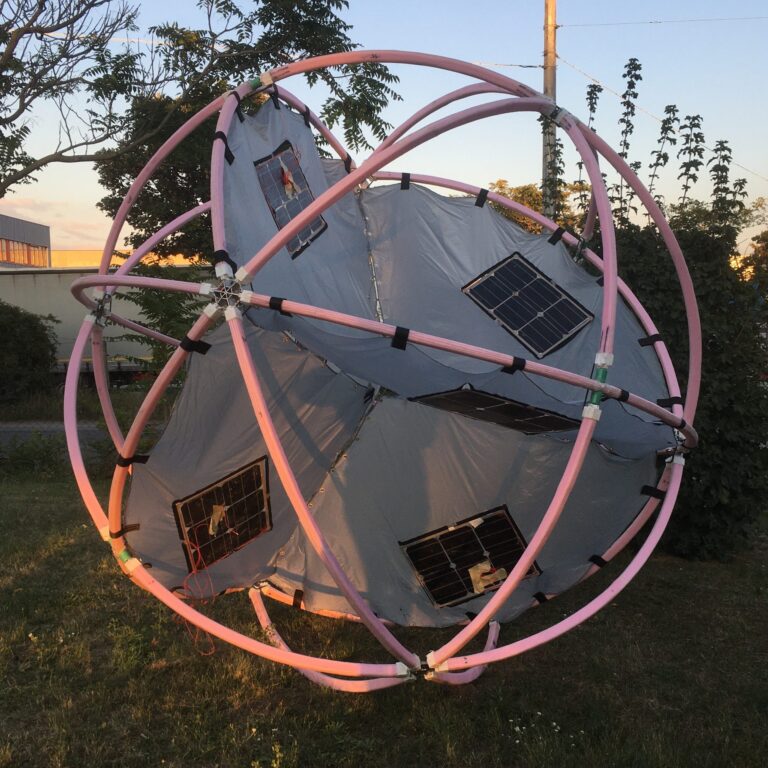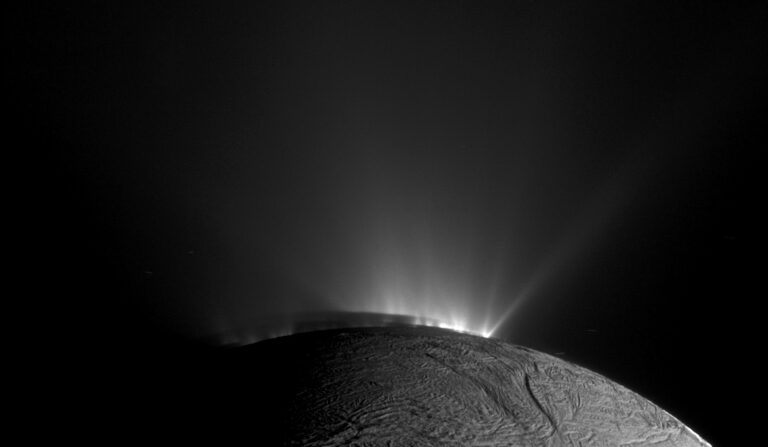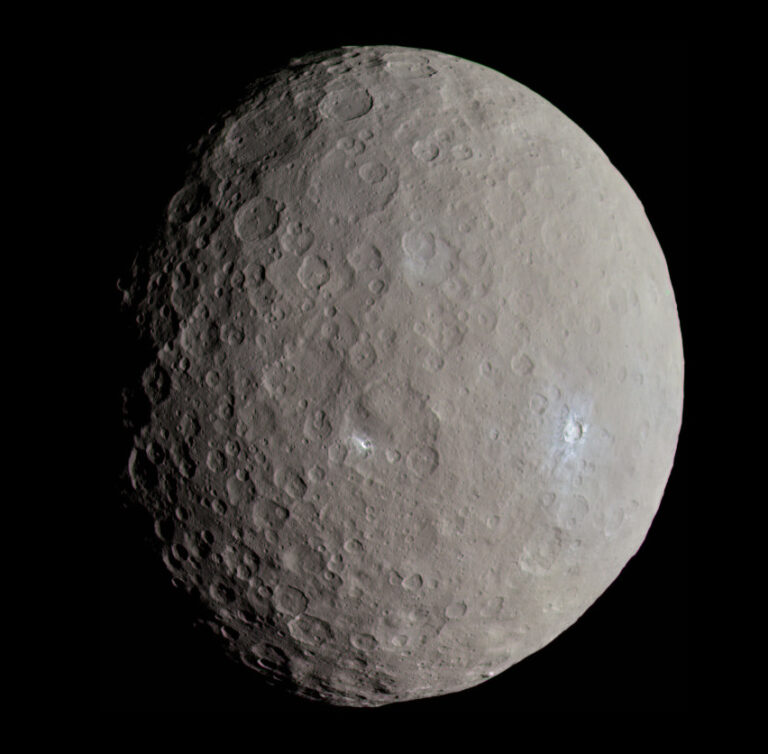Key Takeaways:
- Human vision is incapable of penetrating Titan's atmospheric haze at visible wavelengths.
- Near-infrared wavelengths offer greater atmospheric transparency on Titan.
- Observation of Saturn from Titan's surface is potentially feasible at certain near-infrared wavelengths.
- Successful near-infrared observation from Titan's surface is contingent upon favorable atmospheric conditions.
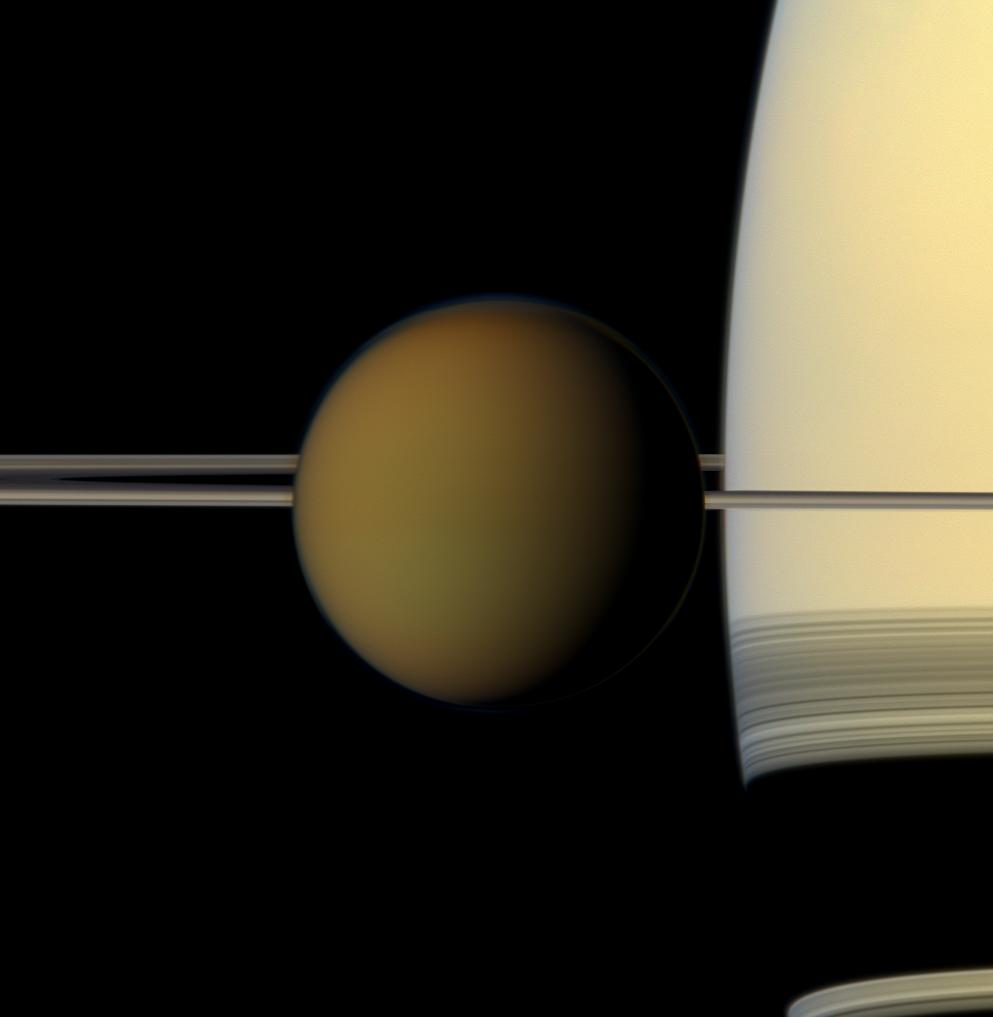
With human vision, we can’t see through saturnian moon Titan’s hazy orange atmosphere (left). But if our eyes were sensitive to near-infrared wavelengths, we’d be able to observe through the methane and hydrocarbon haze (right).
NASA/JPL/Space Science Institute
The view at visible wavelengths is limited, but it would be possible to see Saturn from Titan’s surface at some near-infrared wavelengths — if the weather cooperated.

